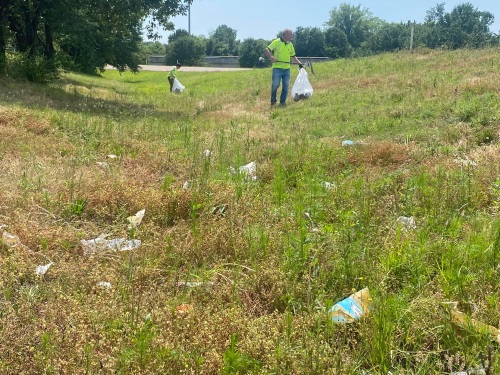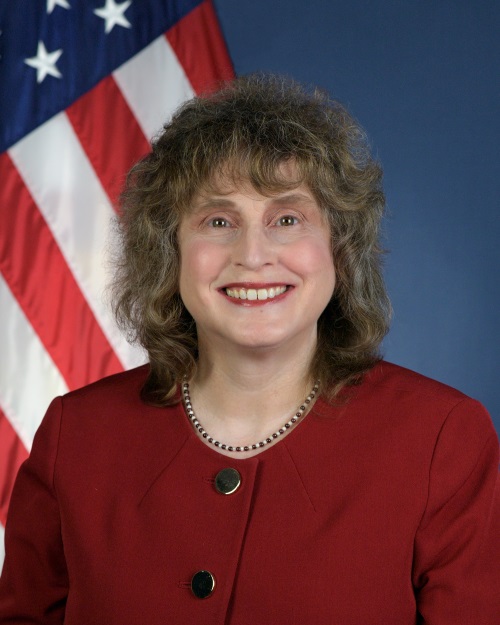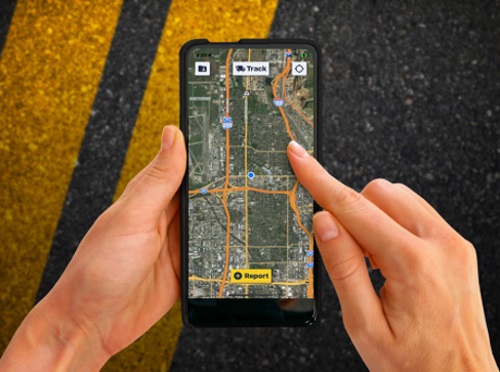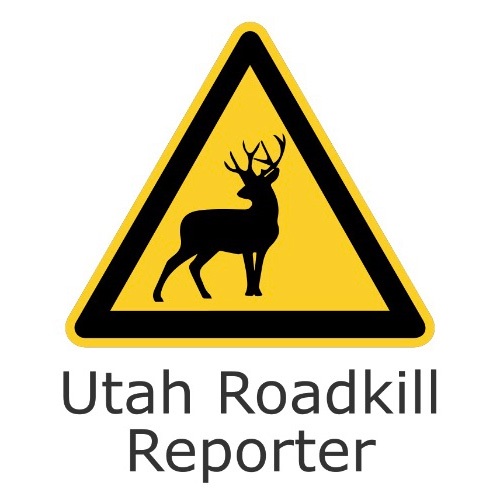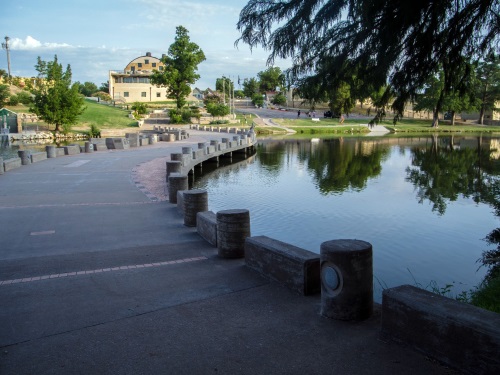FEDERAL ACTION
Biden announces $2.5B loan for electric vehicle battery hubs in three states – The Hill
EPA revokes Trump-era air permitting policy – E&E News
EVs, Building Emissions Among Biden’s Sustainable Energy Priorities – Nextgov
How the Parking Garage Conquered the City – CityLab
COVID-19
Has Micromobility Finally Rebounded from Its COVID Downturn? – Government Technology
People who skipped their COVID vaccine are at higher risk of traffic accidents, according to a new study – Fortune
NEPA
Manchin’s permitting reform effort is dead. Biden’s climate agenda could be a casualty. – Vox
INFRASTRUCTURE RESILIENCE AND SUSTAINABILITY
Anticipating climate threats to infrastructure, VDOT unveils first resilience plan – WHRO Radio
The hard truth of building clean solar farms – Popular Science
Electric vehicle charging: What drivers say N.J.’s doing right and wrong. – NJ.com
‘Plastic Roads’ Are Paved With Good Intention – Stateline
Southern California Ports to Expand Electrification Efforts – Transport Topics
Electric Vehicle Infrastructure Plans Moving Forward in Alaska’s Northern Susitna Valley – KTNA Radio
AIR QUALITY
GOP legislators seek to repeal law hitching Va. to Calif. emissions standards – Richmond Times-Dispatch
Colorado air quality regulators approve ozone plan they know will fail – Colorado Newsline
Overview of Emissions of Carbon Dioxide in the Transportation Sector – Congressional Budget Office (Summary, links to document)
ENVIRONMENTAL JUSTICE
As transit agencies cut service, people in wheelchairs get stranded – Minnesota Reformer
With $1B at Stake, Clashes Emerge Over Highway Removal – Route Fifty
NATURAL RESOURCES
New York City’s Popular Online Tree Map Gets a Big Update – CityLab
What a Republican House means for water fights – E&E News
Rules finalized for e-bikes in Pennsylvania state parks and forests – WNEP-TV
New Mexico DOT crews build gabions to control erosion – KRQE-TV
Deputy Secretary Beaudreau Announces $228 Million for Wildfire Mitigation and Resilience from Bipartisan Infrastructure Law – US Department of Interior (media release)
CULTURAL RESOURCES
Governor Hochul Announces $24.3 Million for Recreation and Historic Preservation Projects Through Round XII of Regional Economic Development Council Initiative – New York State Governor’s Office (media release)
HEALTH AND HUMAN ENVIRONMENT/ACTIVE TRANSPORTATION
Colorado Officially Opens New ‘Highway Cover’ Park – AASHTO Journal
Fordham University to Ban E-Scooters, Bikes and Skateboards from Campus – WABC-TV
Tampa trials mobility-as-a-service app – Cities Today
The Circuit Trails completed 10 gaps throughout the Greater Philadelphia Region in 2022 – Bicycle Coalition of Greater Philadelphia
An Arkansas Plan for the Future of Mobility – KUAF Radio’s Ozarks At Large
Improved walking and biking trails coming to California’s Northstate thanks to a $1 billion program – KRCR-TV
TRB RESOURCES/ANNOUNCEMENTS
Improving Health Care Through Transportation – TCRP
FEDERAL REGISTER NOTICES
Public Hearing for Renewable Fuel Standards for 2023–2025 and Other Changes – EPA (Notice)
Notice of Availability of the Draft Environmental Impact Statement for the Coastal Virginia Offshore Wind (CVOW) Commercial Project – Bureau of Ocean Energy Management (Notice; request for comments)
Notice of Availability of a Draft Environmental Impact Statement for Sunrise Wind, LLC’s Proposed Sunrise Wind Farm Offshore New York – Bureau of Ocean Energy Management (Notice; request for comments)
Proposed Revisions to the National Handbook of Conservation Practices for the Natural Resources Conservation Service – Natural Resources Conservation Service (Notice of availability; request for comments)


